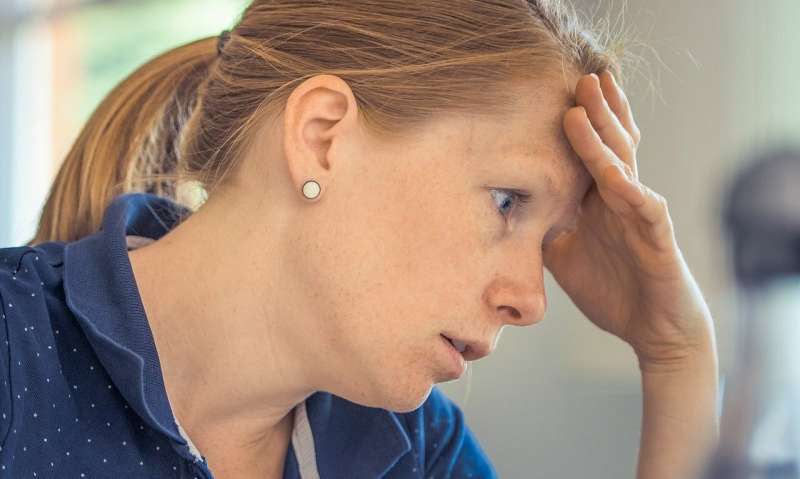
As adults age, it’s common to start thinking about how getting older affects their energy, physical health and cognitive well-being.
But dwelling on negative aspects of aging can have a measurable negative impact on your physical health and ability to respond to stress, a recent study from Oregon State University found.
Using daily survey data from older adults over a period of 100 days, OSU researchers found that people who reported more positive self-perceptions of aging were more insulated from the physical effects of stress compared with people who felt more negatively about their own aging.
“Better self-perceptions of aging are good for your health, regardless of how much stress you have, or how much stress you perceive you have,” said Dakota Witzel, lead author on the paper and a doctoral candidate in OSU’s College of Public Health and Human Sciences.
The study was published in the Journals of Gerontology, Series B, Psychological Sciences.
Research on stress has long found that daily and chronic stress are linked to physical health symptoms, including higher blood pressure, heart disease and loss of cognitive function. These effects are linked not just to objective stress, but to perceived stress: People’s subjective appraisal of an experience as stressful.
Using responses from 105 Oregon adults ages 52 to 88 who took part in daily online surveys in 2010 via OSU’s Personal Understanding of Life and Social Experiences (PULSE) study, researchers measured participants’ perceived stress and physical health over a period of 100 days, along with an initial set of questions to gauge their self-perceptions of aging.
The questions asked participants to agree or disagree with statements like “Today, I felt difficulties were piling up so high I could not overcome them,” and “As you get older, you are less useful.”
On average, higher perceived stress was related to worse self-perceptions of aging and worse physical health symptoms, while more positive self-perceptions of aging were related to fewer health symptoms.
On days when individuals with more negative self-perceptions of aging reported more stress than normal, they reported almost three times more physical health symptoms than individuals with more positive self-perceptions of aging. In other words, positive self-perceptions of aging had a protective effect against the physical health implications of stress.
This means that thought patterns or conversations that reinforce or exaggerate various stereotypes of aging physically impact people’s lives, Witzel said.
“These things are truly important for our health and well-being, not only long-term, but in our day-to-day life,” she said. “The likelihood of reporting these physical health symptoms is significantly decreased, on average, when you have better self-perceptions of aging.”
Self-perception of aging is an area where simple interventions can make a difference, Witzel said. An easy step is to acknowledge that putting a positive spin on the aging process will have a real impact on your physical health.
That doesn’t mean adults should dismiss real health concerns or plaster on a fake smile, she said, but they will see benefits if they consciously work to be more positive about aging.
“It’s kind of a self-fulfilling prophecy,” Witzel said.
Everyone should create positive images of themselves in the future as older adults, said Karen Hooker, co-author on the study and a professor in OSU’s College of Public Health and Human Sciences. This will help counterbalance the “feared selves” that are so often perpetuated in negative stereotypes of aging with more positive “hoped-for” possible selves, she said.
“Our self-perceptions of aging could be a modifiable resilience factor shaping our physical and mental health in later life,” she said.
The researchers noted that the study was limited in its sample population; the respondents to the PULSE survey were predominantly white, female and well-educated.
Source: Read Full Article
